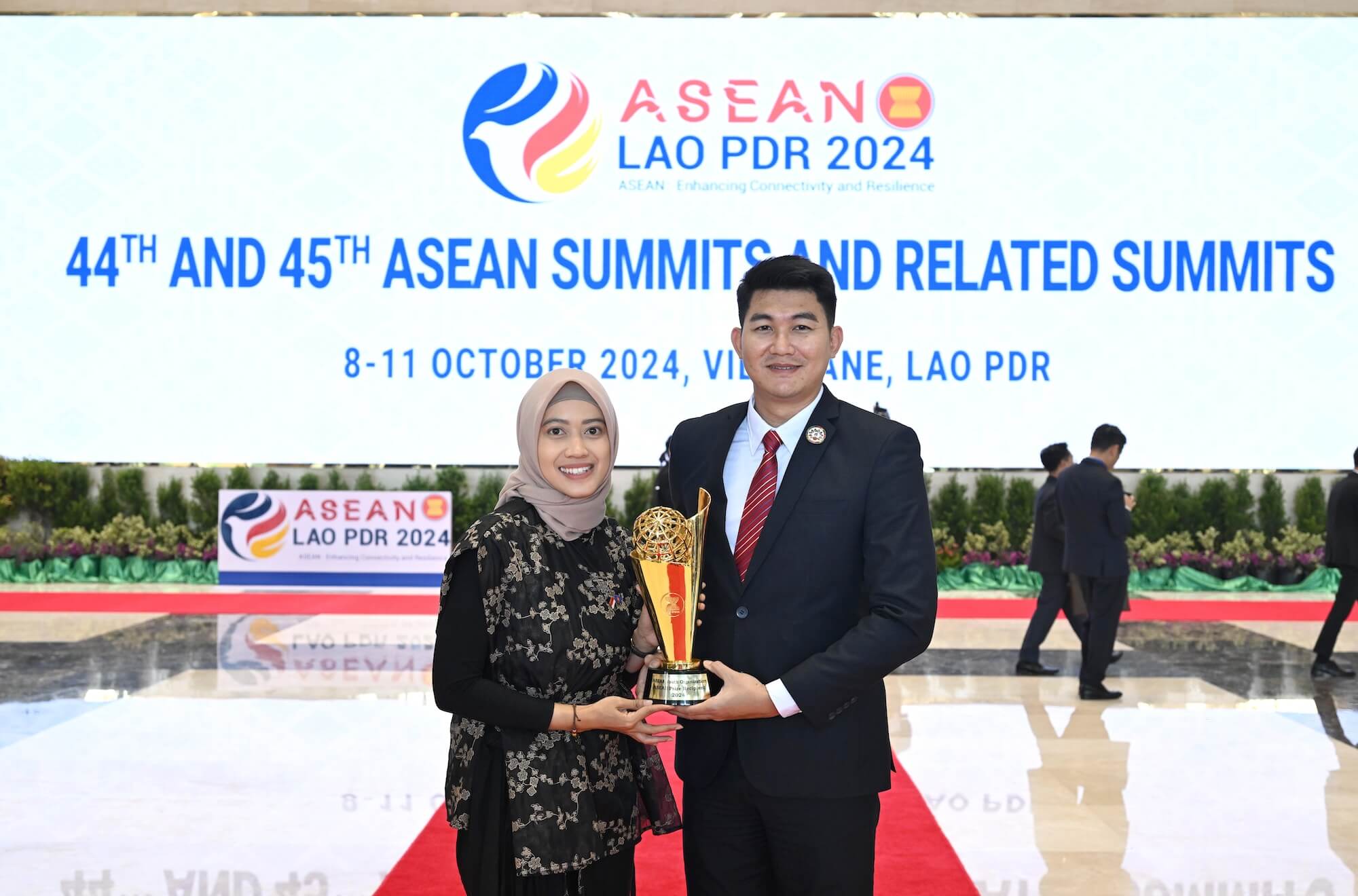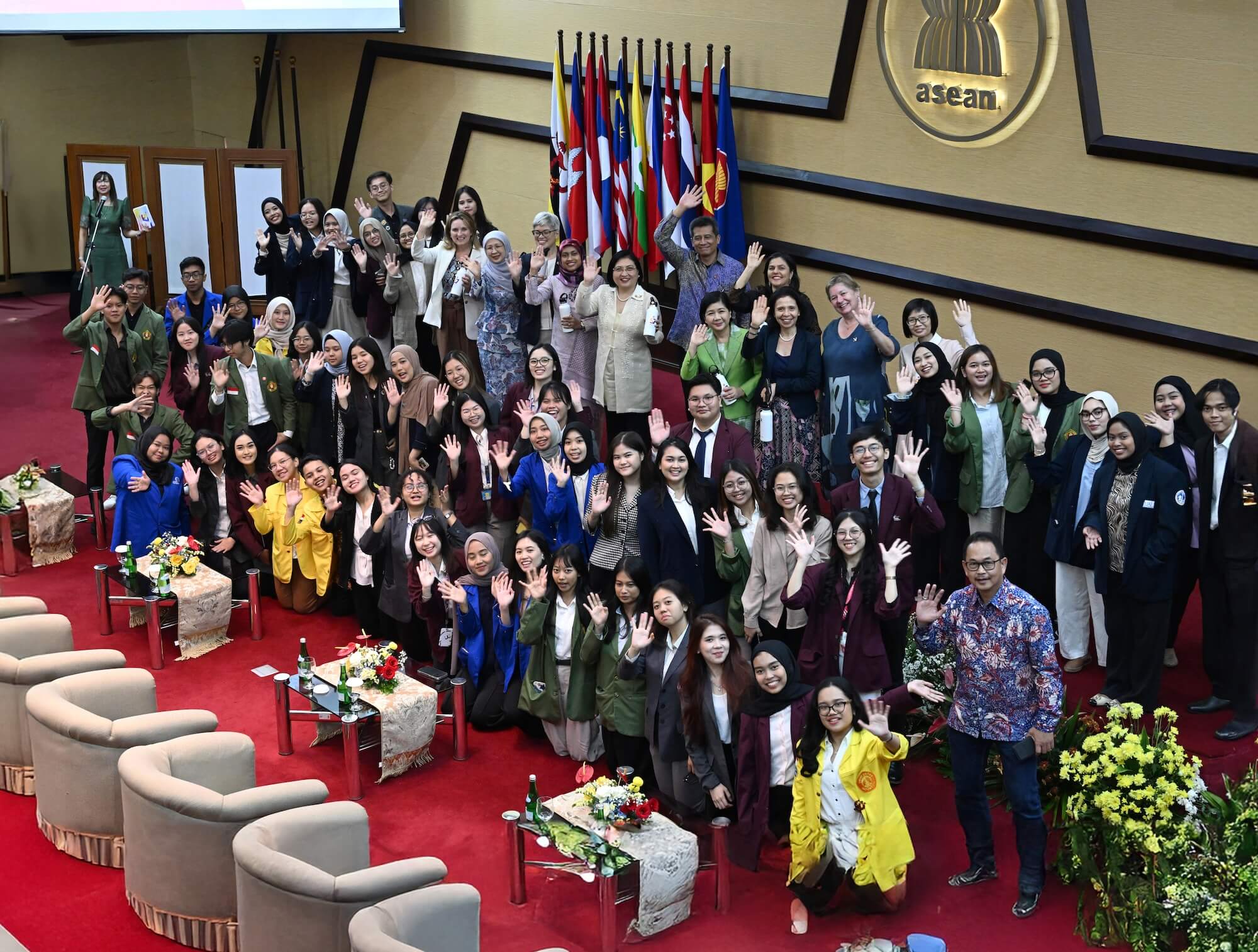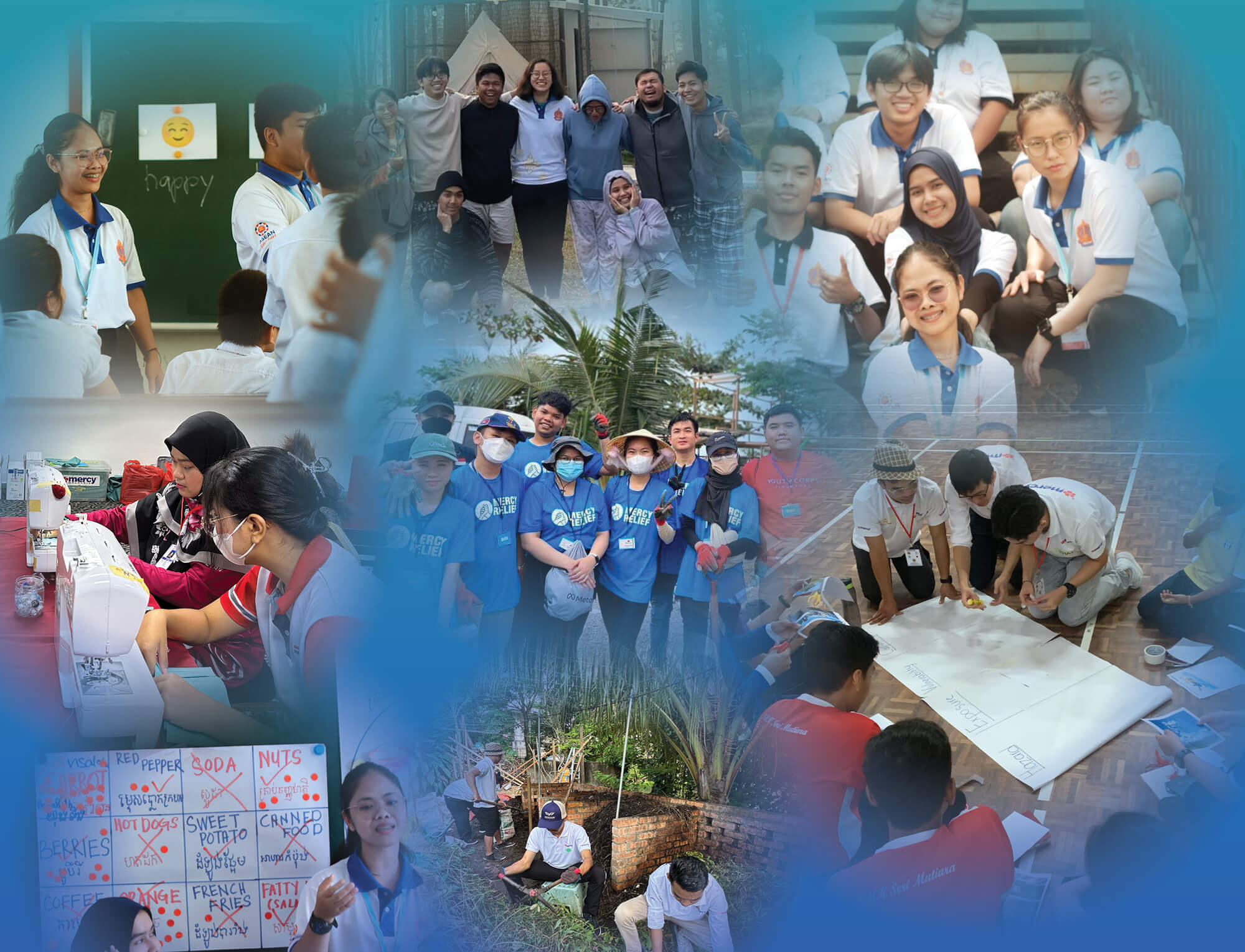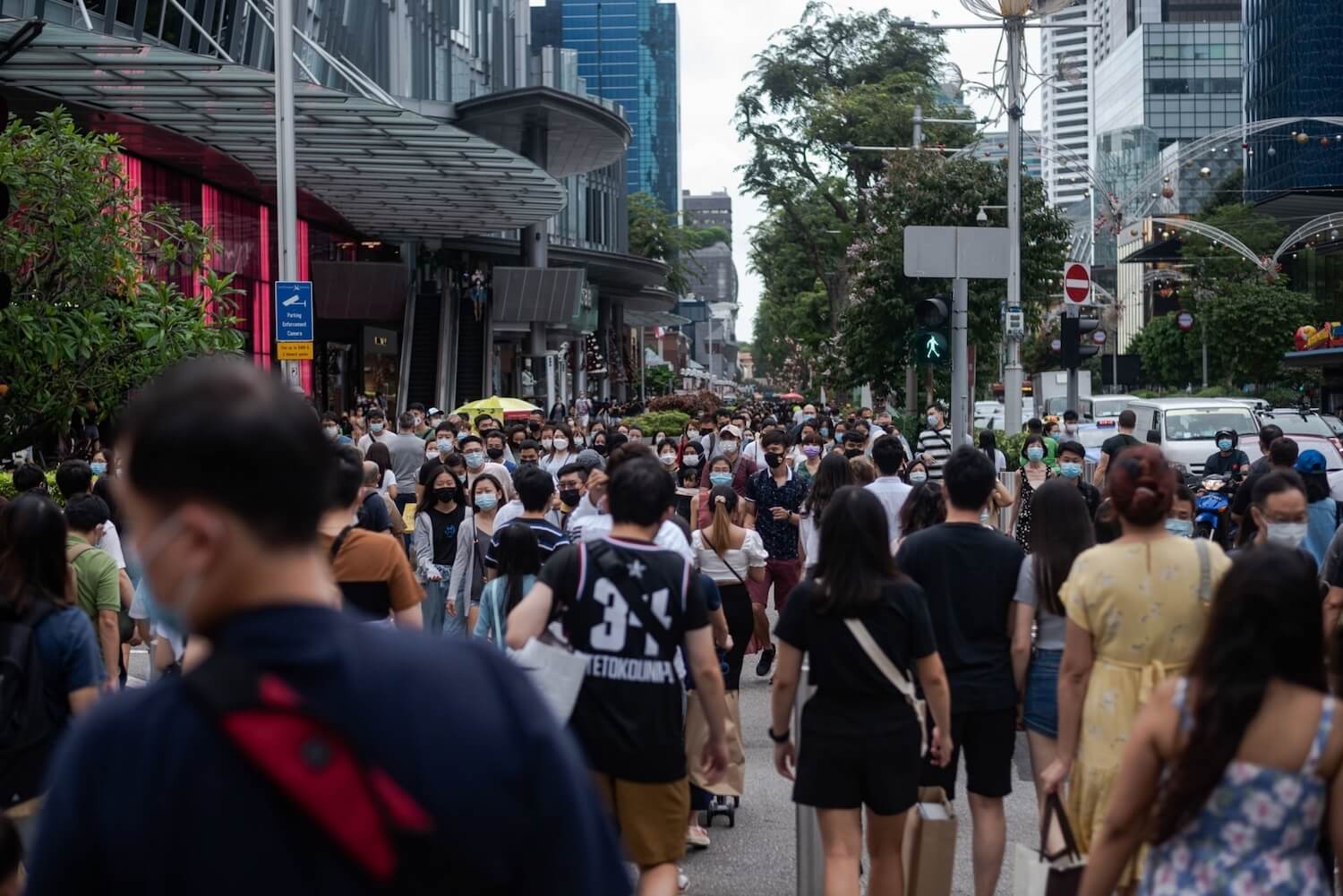



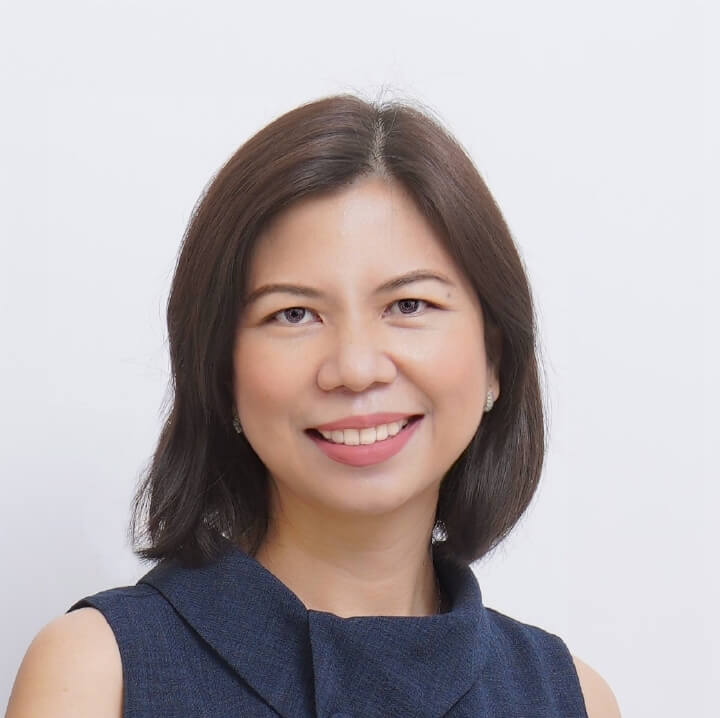
What is ASEAN identity? ASEAN culture ministers and senior officials have spent the past two years grappling with the question. They coalesced around the idea that ASEAN identity is derived from two sources. One, the historical connections and common cultural traits passed on through generations, and two, the values and goals agreed upon by the Member States and enshrined in the ASEAN charter.
To make sense of the region’s awareness and acceptance of this narrative and discuss how to move forward with regional identity-making, the ASEAN cultural sector held a symposium on 22 September 2022 titled “ASEAN Identity and Strengthening ASEAN-Republic of Korea Cooperation: Now and Beyond.” Experts, academics, and creative and media professionals were invited to weigh in on the subject.
Why a regional identity matters
While ASEAN has existed for 55 years, the concept of an ASEAN regional identity emerged only recently. Dewi Fortuna Anwar of the National Research and Innovation Agency of Indonesia said that nation-states were preoccupied with cementing their own national identities for most of ASEAN’s existence.
“National identity is still very much a work in progress; it is still very contested,” she said. Thus, advancing the idea of a regional identity was initially “a tough sell.”
But the ASEAN Member States, Anwar said, made a policy decision to develop and promote an ASEAN identity “because a community needs to have a sense of togetherness, of a ‘we-feeling,’ and while economic integration—functional integration—is necessary, it is not sufficient.”
She added, “If ASEAN wants to be relevant to its people, have sustainability, and move forward together, we need to have something that binds us, and so common values become very important.”
Melba Maggay of the Institute for Studies in Asian Church and Culture agreed and said ASEAN needs to foster relational ties as a foundation of social trust. She noted, “It’s always easy to do business with a friend. If you’re seen as a hostile entity, everything is hard. You cannot come to any kind of consensus.”
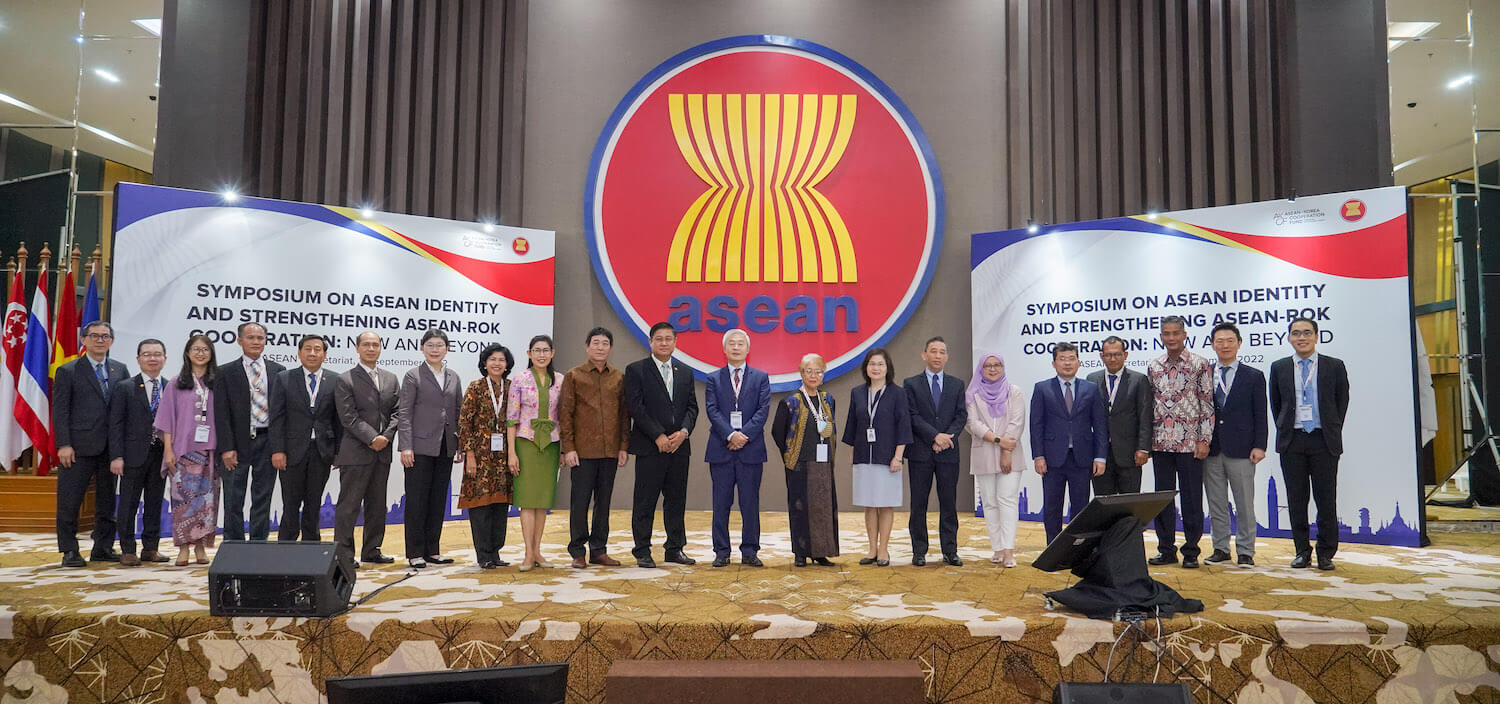
Elements of our collective identity
Member States have their own rich cultures and national identities. Still, these can co-exist side by side with a regional identity, said Siyonn Sophearith of the Ministry of Culture and Fine Arts of the Kingdom of Cambodia. “But how can we accept a regional identity when we do not know ourselves?,” he asked.
Unravelling the region’s social history is one way of deepening our understanding of our longstanding ties and commonalities, according to the academics and creative professionals who joined the symposium’s breakout session. Writing a textbook on the history of Southeast Asia and capturing oral history were some of the suggestions they raised to pin down the rudiments of this shared identity.
Article 2 of the ASEAN charter also articulates the collective values and aspirations of ASEAN Member States. Anwar said these values include traditional ones like dialogue, harmony, tolerance, non-interference, and new universal values of democracy, human rights, and the rule of law, to name a few.
Maggay suggested, “In constructing an ASEAN identity, we need to identify which ‘inherited’ values are to be enhanced and brought into the future, and which values emerging from the globalising processes need to be transformed for usability in our own contexts.”
She raised the problem of cultural homogenisation as a result of the globalisation of media technology and content. With ASEAN people constantly bombarded with content that promotes consumerist values and global youth culture, national and regional identity could be superseded or diluted.
Difficult conversations about ASEAN’s professed values, such as democracy and human rights, must also be tackled to define where ASEAN is headed, Maggay and Hoo Chiew Ping of the Universiti Kebangsaan of Malaysia pointed out. It is also easier to resolve conflicts if Member States have a similar interpretation of ASEAN principles, claimed Hoo.
ASEAN in the school curricula
Education remains pivotal in developing a strong sense of regional identity, former ASEAN Secretary-General Dato Lim Jock Hoi stressed at the symposium. He said, “Information regarding ASEAN is already incorporated in schools in higher education curricula across the region.”
In addition, participants noted that exposing students to ASEAN content at a young age will leave a greater impact and ensure sustainability. Thus, they suggested incorporating ASEAN studies into the basic education curricula.
Anwar, meantime, stressed that it is equally important to define what type of content must be taught. She said, “We need to teach about ASEAN, not just about facts and figures, but what ASEAN stands for and the values…But what are we going to convey? Do not just focus on the tools.”
Bridging the familiarity gap
For many of the symposium participants, raising awareness about ASEAN and its Member States is a crucial first step in the long process of identity formation.
One of the ways to increase the visibility of ASEAN is to tap the media. During the breakout session, media professionals shared that there is interest among ASEAN people to learn about their neighbours—as evidenced by their consumption of news, popular drama series and music—but the content is not always available or sustained in local media outlets.
Among the suggestions they cited were the use of new media platforms like Tiktok to carry ASEAN-related content; the production of mobile apps that compile information about ASEAN, such as major attractions in each nation-state; and the allocation of space for ASEAN news in news and feature programmes.
A few media professionals also called for ASEAN bodies to engage more with media organisations and to be more forthcoming with information about ASEAN events and developments.
However, the diversity of languages across ASEAN could also impede regional identity formation. Media professionals pointed out that since ASEAN content is typically delivered in English, a significant number of the ASEAN population who are non-English speakers may feel marginalised or excluded. Participants suggested allocating resources to translate content and messages into the most common languages spoken in the region, apart from English.
Both experts and media professionals also suggested media co-productions. Shawn Ho of the S. Rajaratnam School of International Studies of Singapore said the content of these co-productions should be authentic and not watered-down for foreign consumption so that they resonate with ASEAN audiences.
He noted, “For ASEAN to have an ‘ASEAN wave,’ the quality matters. People must be curious or attracted to it (content) because it is something unique, something that has not been seen elsewhere, and it pushes certain boundaries.”
This point was also stressed by Doobo Shim of Sungshin Women’s University, Republic of Korea who said that producing original and domestic-oriented content, such as the hit series Dae Jang Geum, has been the cornerstone of Hallyu or the Korean wave phenomenon.
Culture, arts, and sporting events and collaborations were also cited as avenues for enhancing the visibility of ASEAN and gaining knowledge about the other Member States. Some of the activities proposed were a regular region-wide musical competition similar to Eurovision, fashion shows or contests showcasing local or indigenous textiles, food-related events, and ASEAN-EU football matches.
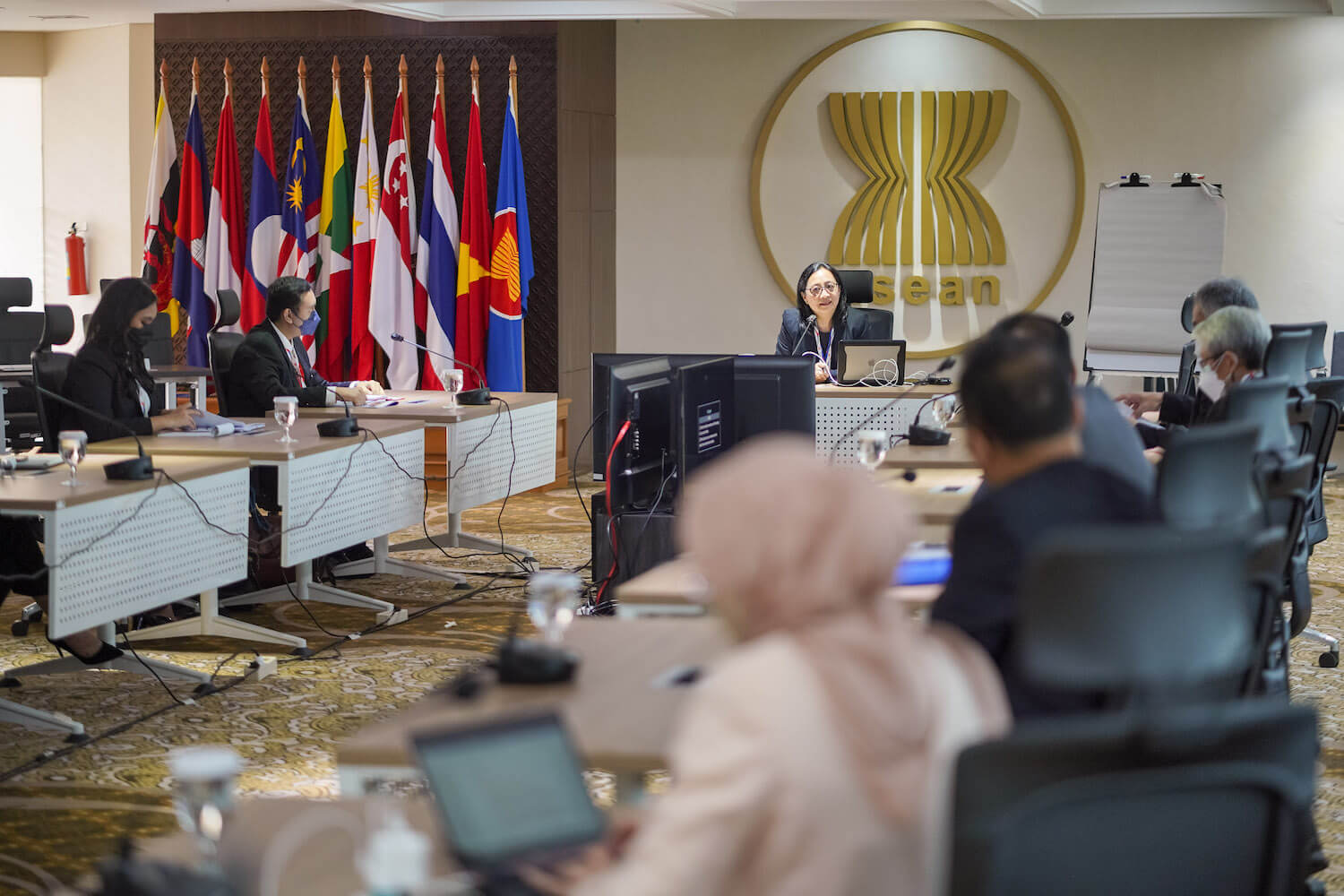
People should be part of the narrative
The top-down approach to developing and promoting the ASEAN identity is necessary at the moment since identity-making is still in the beginning stages. Said Anwar, “We carry them out in a very deliberate manner in the same way (that) we built nation-states through constitutions, laws, and real and concrete activities to develop an advanced society. This is a policy- driven way of developing this imagined community.”
The quickest way to make ordinary people care about or be invested in belonging to ASEAN is to highlight the benefits, privileges, and opportunities that go with it. People from the ground up will support the ASEAN ‘brand’ if they know what they are getting from it,” said Siyyon. “There should be clear privileges accorded to people within ASEAN as opposed to those outside of it,” added Shim.
The process of identification will also flow more organically if ASEAN is perceived as relevant. “Relevance means it has to touch your daily life, so ASEAN has to be much more down to earth,” Anwar said. “For a long time, ASEAN was minimalist, elitist, bureaucratic…Now you have to engage people, because when you are talking about community, it means, people.”
Being people-centred and people-oriented, Anwar added, means “not just mobilising (people) to do things because of directives from the top, but (people) owning the various activities, taking part in the decision-making process, and deciding and participating in what is good and important for them.”
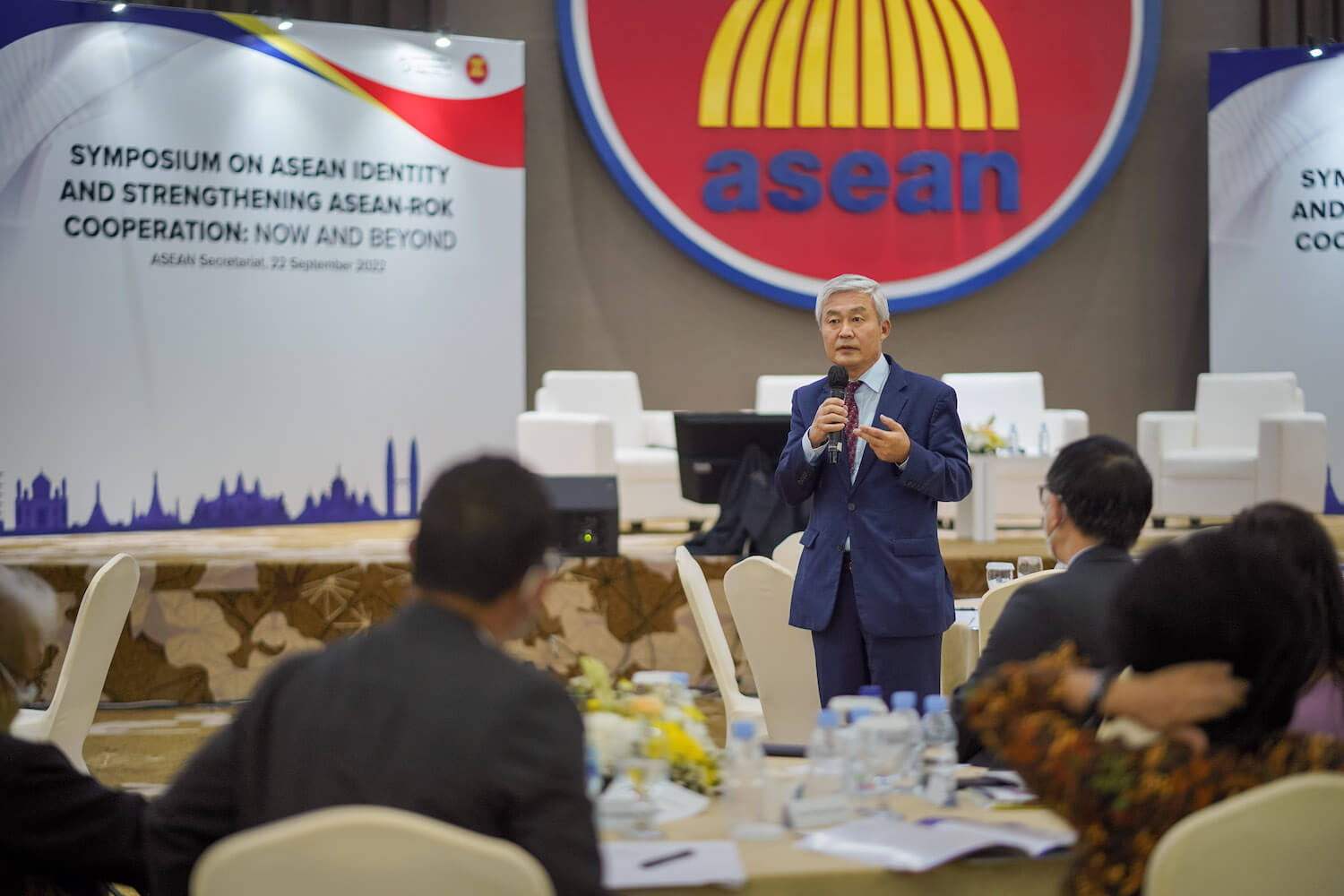
Spaces for collaboration
ASEAN’s Community-building and regional identity development efforts have received staunch support from dialogue partners like the Republic of Korea.
At the regional level, ROK has been supporting an annual musical festival featuring ASEAN artists over the past several years. It also co-organised the 22 September 2022 symposium, “ASEAN Identity and Strengthening ASEAN-Republic of Korea Cooperation: Now and Beyond.” Ambassador Kwon Hee-Seog of the Mission of the ROK to ASEAN said in his remarks, “The symposium is a reminder of who you are, where you came from, and where you’re heading.”
Private-sector-led joint ventures are also happening at the national level. Gyu Tag Lee of George Mason University, ROK noted that a chart-topping boy band from the Philippines, SB-19, was formed through a partnership with a South Korean media group. Shawn Ho of the S. Rajaratnam School of International Studies of Singapore also mentioned the recent ROK- Singapore movie co-production, Ajooma.
Similar collaborations can be undertaken in the future. Ambassador Kwon said, “ASEAN identity will create a stronger sense of a ‘we-feeling’ and ‘ASEAN-ness’ and togetherness which are essential to this community building process…ROK will do its part to contribute to shaping the ASEAN identity.”




